
- By Theme
-
Destinations
-
Indian Destinations
-
International Destinations
-
- Best Places to Visit
- Packages
- Search Agents

Hello, People.
As you know, India is the land of festivals and throughout the year, we all observe an alluring carnival. Interestingly, a majority of these festivals has the same significance and preach the same message of peace & brotherhood among all. They are known as the harvest festivals. Since a sizable populace of the nation in indulged in agricultural work, the first yield of the new crop is a jovial time. The farmers enjoy merrymaking and the same is done by the people in the urban areas in a different way.
What's their style of celebrating the Indian harvest festivals? You will know about it, so keep reading, pals.

Makar Sankranti is a harvest festival in India that is celebrated zealously. It is observed on different dates & months in South India, whereas, it is observed on 14th January annually. It signifies the beginning of the new phase and a slow march begins toward the summer days. This festival is celebrated in various ways in different parts of India. In the northern parts, it is celebrated with a fiesta, bonfire, and flying kites etc.
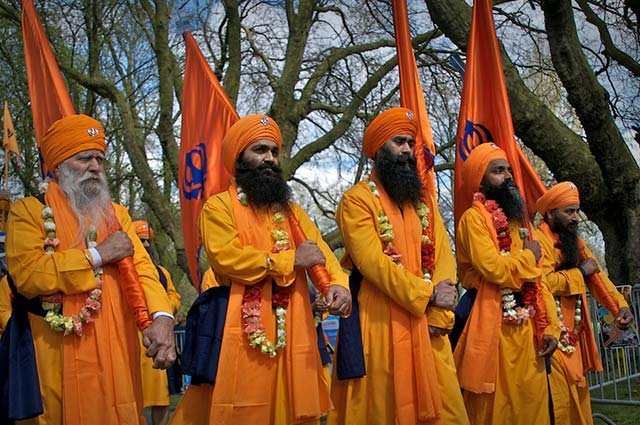
Baisakhi is the harvest festival that is celebrated all over Punjab. It marks the birth of Khalsa Panth laid by Shri Guru Gobind Singh Maharaj and is also observed as the Sikh New Year. The celebration of this festival is the way of thanking the God for a good harvest. This auspicious day is celebrated with a great enthusiasm. Men & women don colorful attire and perform bhangra and gidda respectively.
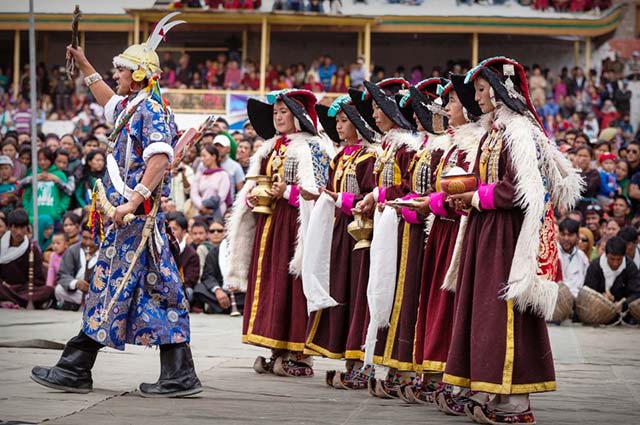
Ladakh Harvest Festival is a famous festival celebrated in the entire region of Zanskar valley and Ladakh. This day is celebrated to commemorate Buddha and his teachings. The monasteries are festooned exquisitely and are visited by the monks and devotees on an extensive scale. The pilgrimage to Thangka of Kyabje Gombo is made on this pious occasion. On this day, the entire Ladakh looks stunning.
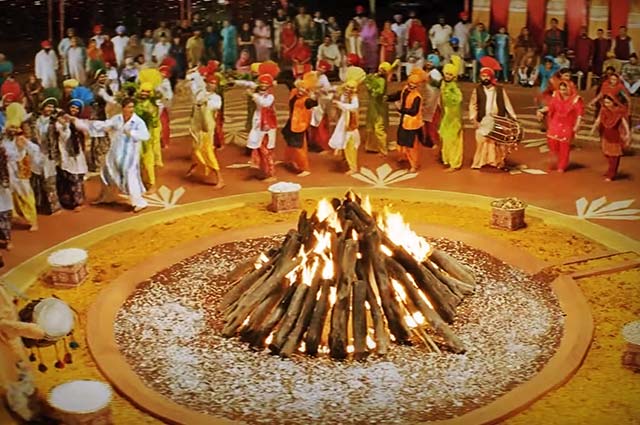
Lohri needs no special introduction. It is a globally renowned festival and is celebrated widely across North India. It is celebrated to mark the end of winters. Lohri usually falls a day before Makar Sankranti. People organize a bonfire and gather around it, offer grains and nuts to express the gratitude towards God for a successful harvest of the crop. In the urban area, Lohri is celebrated in a plush manner, especially when there is a recent marriage or childbirth in the house. And don't forget the traditional anthem 'Sundar Mundariye'.
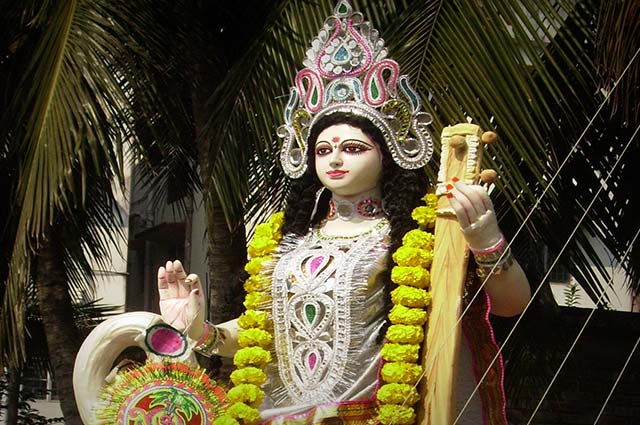
Basant Panchami or Vasant Panchami is a famous Hindu festival. This holy day is dedicated to Goddess Saraswati, the one who blesses her devotee with knowledge and the art of music. This day has a special significance of the yellow color. People dress up in yellow attire and offer their respects to Goddess Saraswati. This day also has a legend associated with Kamadeva who shot an arrow of flowers, on Devi Parvati's request, at Lord Shiva to invoke his interest in Goddess Parvati.

Bihu is the festival that uplifts the mood and everyone goes into a jolly mood. Celebrated across the state of Assam, Bhogali Bihu is a famous regional harvesting festival that signifies the end of the harvesting season. Women wear traditional clothes and perform the traditional Bihu dance while accompanied by the menfolk playing drums. Organizing a bullfight is a famous event during Bhogali Bihu.

Wangala is the major harvest festival celebrated in the Northeastern part of the country. Parts of Assam and Meghalaya are known for celebrating this day with vivacity. This day is majorly observed by the Garo tribals in Meghalaya. On this day, the entire ambiance of the region gets filled the beats of the drum and gong. This festival also has a deep significance for the Assamese and Garo tribals living out of India.
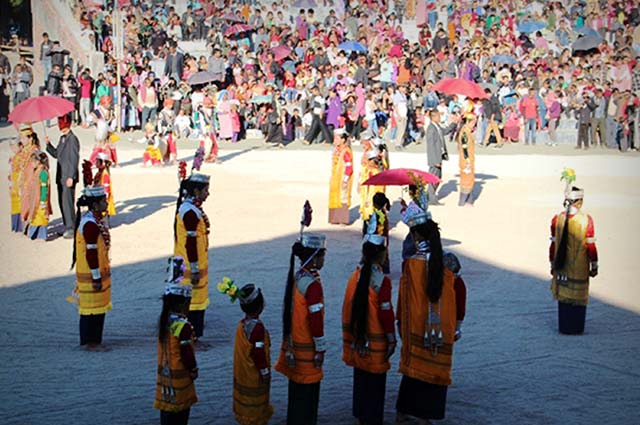
Celebrated by the Khasi Tribals, Ka Pomblang Nongkrem is a five-day long festival celebrated in Meghalaya. It is celebrated as a thanksgiving day to the regional guardian, Goddess Ka Blei Synshar. People make numerous offerings that include a small portion of the crop harvested and animal sacrifice. Since it is a jovial time, people live the day to its fullest and enjoy it by singing and dancing.
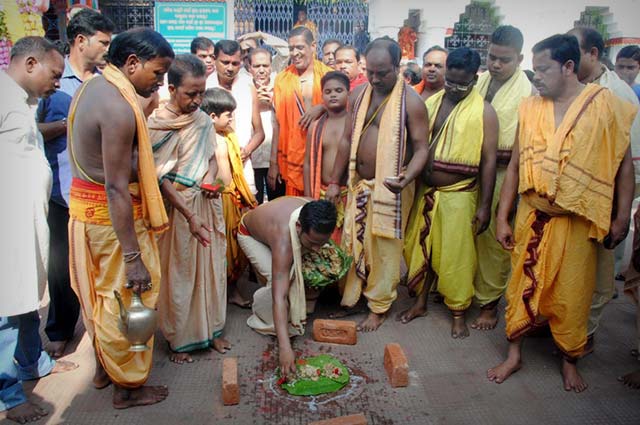
Usually observed in August-September, Nuakhai is a harvest festival in India. It is a festival that is celebrated in the joy of welcoming the newly harvested crop. It is done by the collaboration of the entire village altogether. Villagers participate and cook the new crop, offer it to the deity, and then distribute it among each other and the needy. The same is followed by colorful fireworks and singing and dancing as the moon rises in the sky.
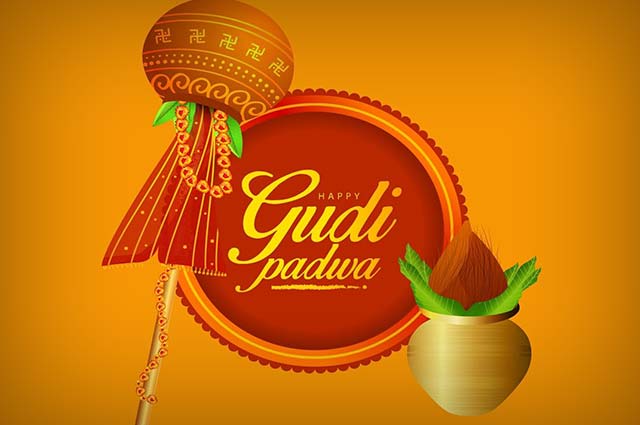
Signifying the Marathi-Hindu New Year, Gudi Padwa is one among the prominent Indian harvest festivals. It is celebrated with a great zest across Maharashtra. According to the legend, Lord Rama took over as the king of Ayodhya on this day and thus, Gudi Padwa holds importance among all Hindus. They observe the day by creating a bamboo doll and covering its head with an inverted copper pot. People dress up in the traditional clothes and wish each other by feeding a small amount of jaggery.
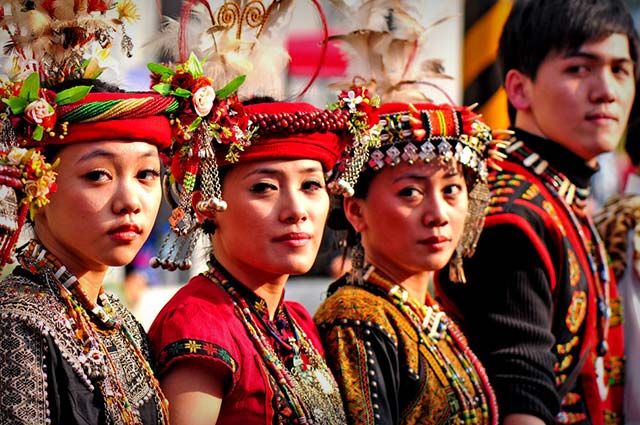
Nabanna is the Bengali harvest festival that is celebrated in parts of the neighboring country Bangladesh as well. People from the rural, as well as urban areas, gather to celebrate this festival. It is considered as a harvest festival that involves a lot of creativity. Theatre artists, musicians, and singers blend their arts together and make this festival a grand success every year.
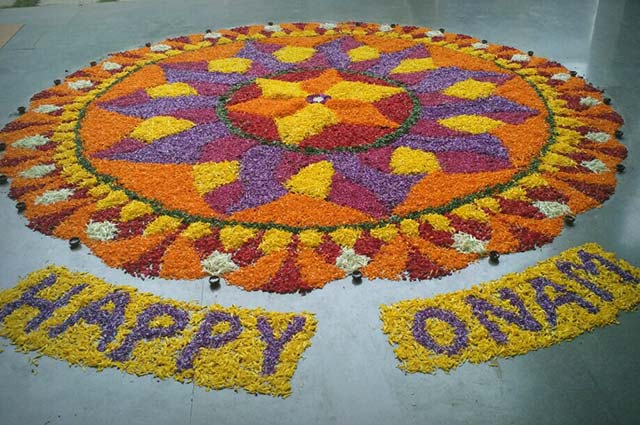
Onam is another major harvesting festival that is celebrated in Kerala. It is observed as the day when the Demon Brahmin, Bali, offered his head to Vamana to place his third step as per the offering demanded by Vamana. It is celebrated all across Kerala and marks the harvesting of the rice crop. It has the similar significance as Diwali in North India. People festoon their homes with floral rangoli, wear traditional clothes, and enjoy the fest. The snake boat race and tiger dance are also held on this occasion.
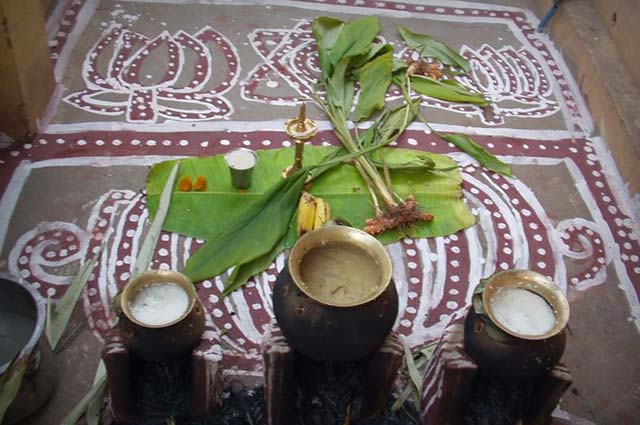
You know this festival by the name of Makar Sankranti in North India. Celebrated with a great zeal among the Tamil Community across the world, Pongal is a Tamil harvest festival. It is celebrated for four days and marks Uttarayanam when the sun enters the Tropic of Capricorn. People prepare Pongal rice and worship cows. The valiant souls can be spotted taming the savage bulls in the sport of Jallikattu.
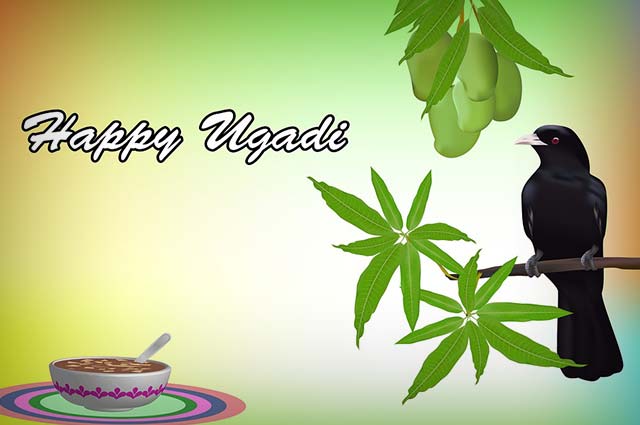
Standing among the famous harvest festivals in India, Ugadi is a harvest festival of celebrated in Andhra Pradesh and Karnataka. It usually falls in March or April and is celebrated as the New Year, just like Gudi Padwa in Maharashtra. On this day, people decorate their homes, make offerings to the God, distribute alms among the needy and underprivileged, and participate in the traditional dances.
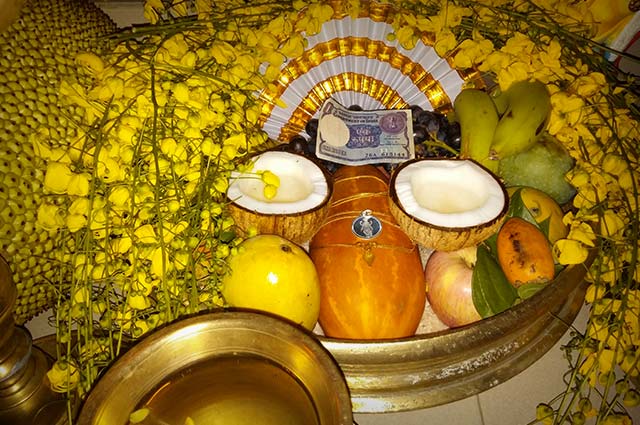
Vishu, aka Vishukkani, is a magnificent harvest festival of India. It is celebrated as the New Year by the Tuluva Hindus and Malayalee community extensively. The day of Vishu is auspicious among people because it begins by witnessing Lord Vishnu as one opens the eyes. Viewing the alluring image of the Lord is said to bring prosperity throughout the year. As the moon rises, people ignite fireworks as a part of this festival.
So many festivals! That's a prime reason that tags India with the sobriquet 'A Diverse Nation'. Right from the North till the South, people celebrate various harvest festivals in their own flavor. Thus, it's another reason to be a Proud Indian.